Rick Steves' Tour
PICASSO MUSEUM, BARCELONA
PICASSO MUSEUM TOUR
Museu Picasso
This is the best collection in the country of the work of Spaniard Pablo Picasso (1881-1973). And, since Picasso spent his formative years (from the ages of 14 to 23) in Barcelona, its the best collection of his early works anywhere. The museum is sparse on later, better-known works from his time of international celebrity; visit this museum not to see famous canvases but to get an intimate portrait of the young man finding his way as an artist. By experiencing his youthful, realistic art, you can better understand his later, more challenging art and more fully appreciate his genius.
Picassos personal secretary amassed many examples of his work and bequeathed them to Barcelona. The artist, happy to have a museum showing off his work in the city of his youth, added to the collection throughout his life. The artworks are scattered through several connected Gothic palaces.
Cost: 11, free all day first Sun of month and other Sun from 15:00.
Hours: Tue-Sun 10:00-19:50, closed Mon, last entry 20 minutes before closing.
Crowd-Beating Tips: Theres almost always a line, sometimes with waits of more than an hour. The busiest times are mornings before 13:00, all day Tuesday, and during the free entry times on Sundays (see above). If you have an Articket BCN, skip the line by going to the Meeting Point entrance (30 yards to the right of the main entrance). You can also skip the line by buying your ticket online at www.museupicasso.bcn.cat (no additional booking fee). Stuck in line without a ticket? Figure that about 25 people are admitted every 10 minutes.
Getting There: Its at Carrer de Montcada 15-23; the ticket office is at #21. From the Jaume I Metro stop, its a quick five-minute walk. Just head down Carrer de la Princesa (across the busy Via Laietana from the Barri Gtic), turning right on Carrer de Montcada. Its a 10-minute walk from the cathedral and many parts of the Barri Gtic; for an interesting approach from the cathedral area,  take the El Born Walk.
take the El Born Walk.
Information: Tel. 932-563-000, www.museupicasso.bcn.cat.
Audioguide: The 1.5-hour audioguide costs 3 and offers ample detail about the collection.
Length of This Tour: Allow at least an hour, or more time for lingering.
With Limited Time: Focus on the first part of the collection (through the Blue Period), with Picassos lesser-known but formative early works.
Services: The ground floor, which is free to enter, has a required bag check, as well as a handy array of other services (bookshop, WC, and cafeteria).
Photography: Strictly forbidden.
Cuisine Art: The museum itself has a good caf (8 sandwiches and salads). Outside the museum, right along Carrer de Montcada in either direction, are two great recommended tapas bars (both closed Mon): With your back to the museum, a few steps to the left is El Xampanyet, while to the right (across Carrer de la Princesa and up a block) is Bar del Pla. For details, see the Eating in Barcelona chapter.
(See .)
The Picasso Museums collection of nearly 300 paintings is presented more or less chronologically (though specific pieces may be out for restoration or on tour, and the rooms are sometimes rearranged). But with the help of thoughtful English descriptions for each stage (and guards who dont let you stray), its easy to follow the evolution of Picassos work. This tour is arranged by the stages of his life and art.
Begin in rooms 1 and 2.
Pablos earliest art is realistic and sober. The young genius gets serious about art at age 14, when his family moves to Barcelona and he enrolls in art school. Early self-portraits show the self-awareness of a blossoming intellect (and a kid who must have been a handful in junior high school). He seems proudas if confident of future success.
Even at this young age, his portraits of grizzled peasants demonstrate surprising psychological insight and impressive technique. Youll see portraits of Pablos first teacher, his fatherhimself a curator and artist who quit painting to nurture his young prodigy. Because his dedicated father kept everything his son ever did, Picasso must have the best-documented youth of any great painter.
Displays show Pablos art-school work. Every time he starts breaking rules, hes sent back to the standard classic style. The assignment: Sketch nude models to capture human anatomy accurately.
Pablo Picasso (1881-1973)
Pablo Picasso was the most famous andOK, Ill say itthe greatest artist of the 20th century. Always exploring, he became the master of many styles (Cubism, Surrealism, Expressionism, and so on) and of many media (painting, sculpture, prints, ceramics, and assemblages). Still, he could make anything he touched look unmistakably like a Picasso.
Born in Mlaga, Spain, Picasso was the son of an art teacher. At a very young age, he quickly advanced beyond his teachers. Picassos teenage works are stunningly realistic and capture the inner complexities of the people he painted. As a youth in Barcelona, he fell in with a bohemian crowd that mixed wine, women, and art.
In 1900, at age 19, Picasso started making trips to Paris. Four years later, he moved to the City of Light and absorbed the styles of many painters (especially Henri de Toulouse-Lautrec) while searching for his own artists voice. His paintings of beggars and other social outcasts show the empathy of a man who was himself a poor, homesick foreigner. When his best friend, Spanish artist Carlos Casagemas, committed suicide, Picasso plunged into a Blue Period (1901-1904)so called because the dominant color in these paintings matches their melancholy mood and subject matter (emaciated beggars, hard-eyed pimps, and so on).
In 1904, Picasso got a steady girlfriend (Fernande Olivier) and suddenly saw the world through rose-colored glassesthe Rose Period. He was further jolted out of his Blue Period by the flat look of the Fauves. Not satisfied with their take on 3-D, Picasso played with the building blocks of line and color to find new ways to reconstruct the real world on canvas.
At his studio in Montmartre, Picasso and his neighbor Georges Braque worked together, in poverty so dire they often didnt know where their next bottle of wine was coming from. And then, at the age of 25, Picasso reinvented painting. Fascinated by the primitive power of African and Iberian tribal masks, he sketched human faces with simple outlines and almond eyes. Intrigued by the body of his girlfriend, Fernande, he sketched it from every angle, then experimented with showing several different views on the same canvas. A hundred paintings and nine months later, Picasso gave birth to a monstrous canvas of five nude, fragmented prostitutes with mask-like facesLes Demoiselles dAvignon (1907).
This bold new style was called Cubism.


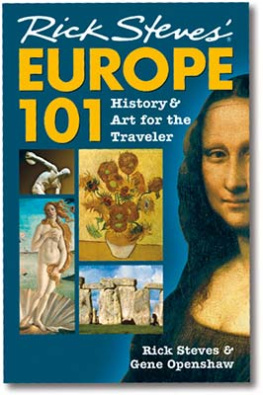
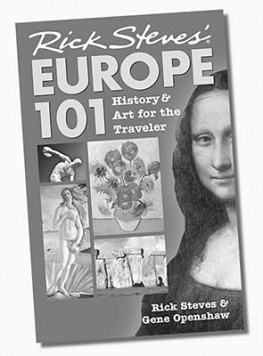



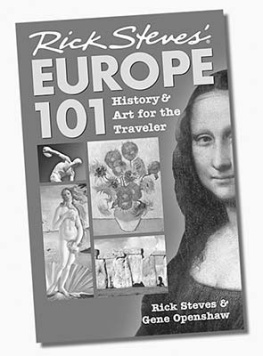
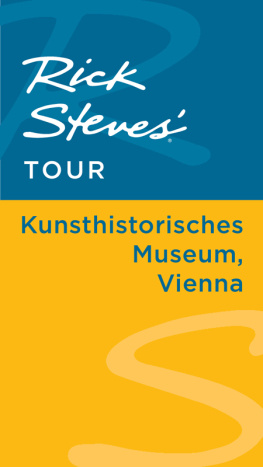
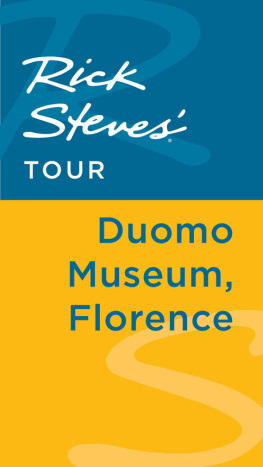
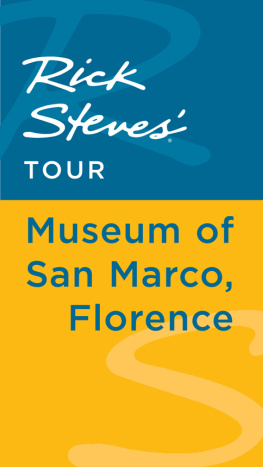
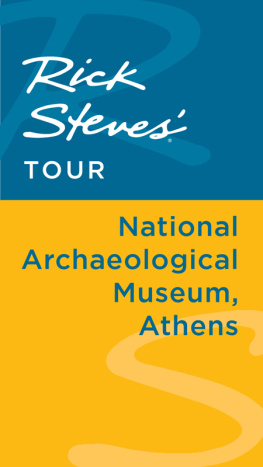
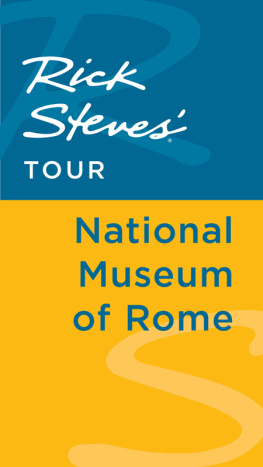
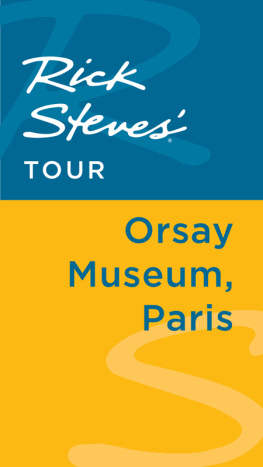


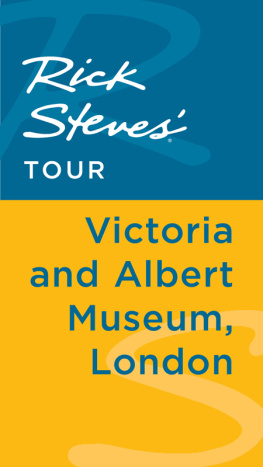
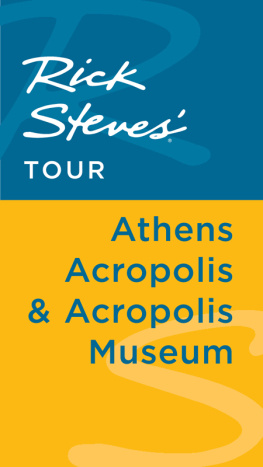
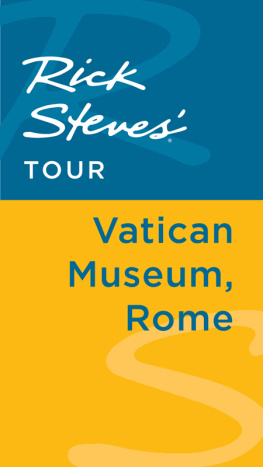

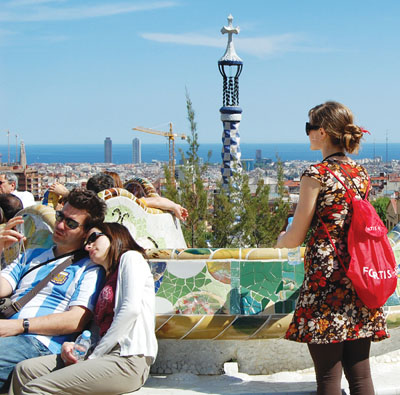
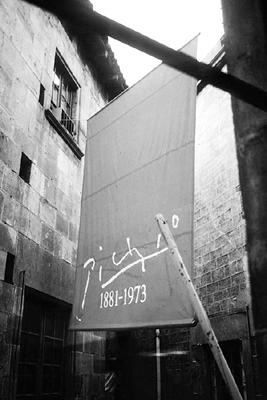
 take the El Born Walk.
take the El Born Walk.